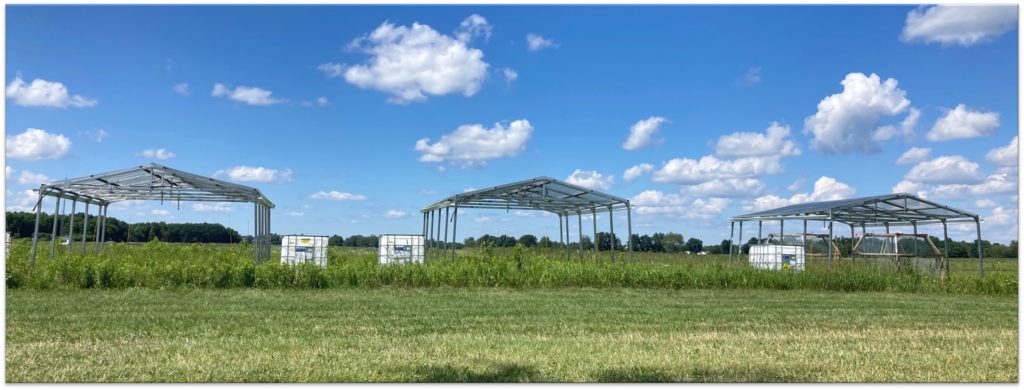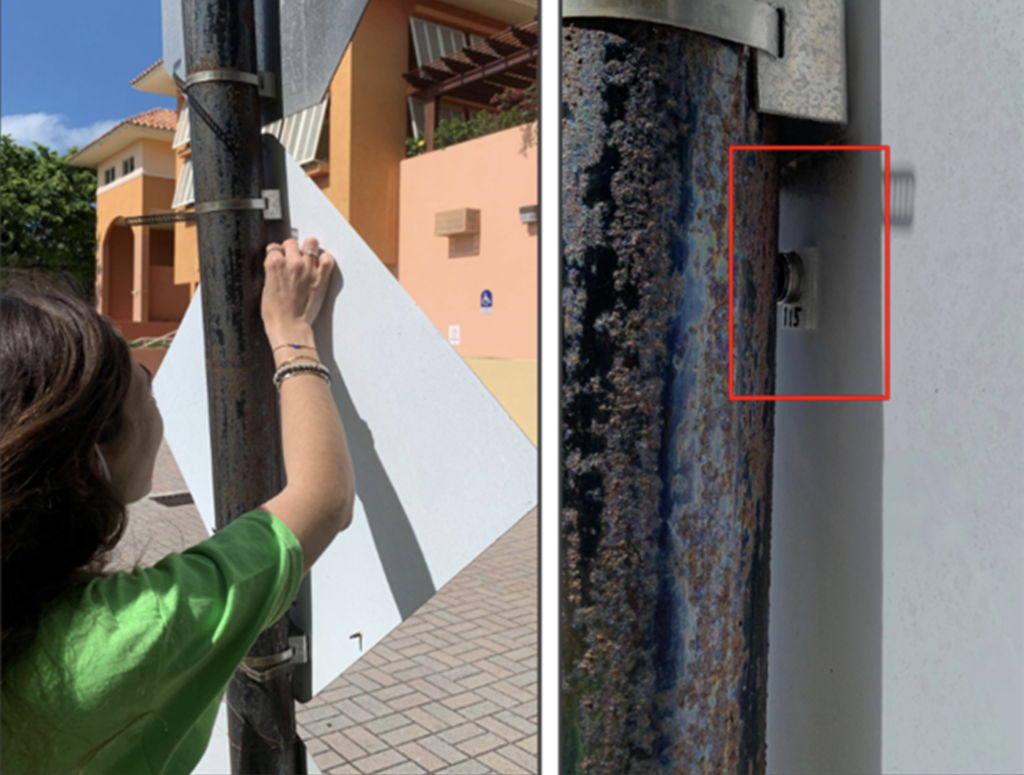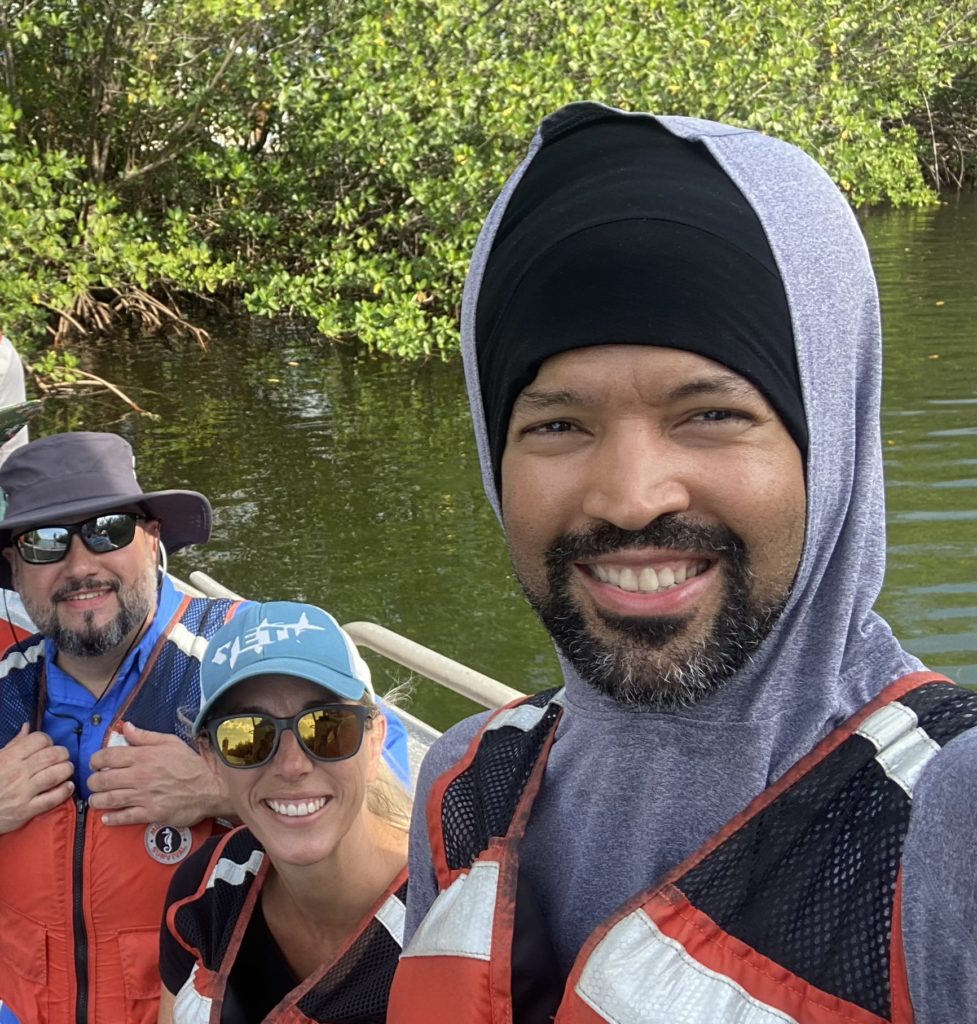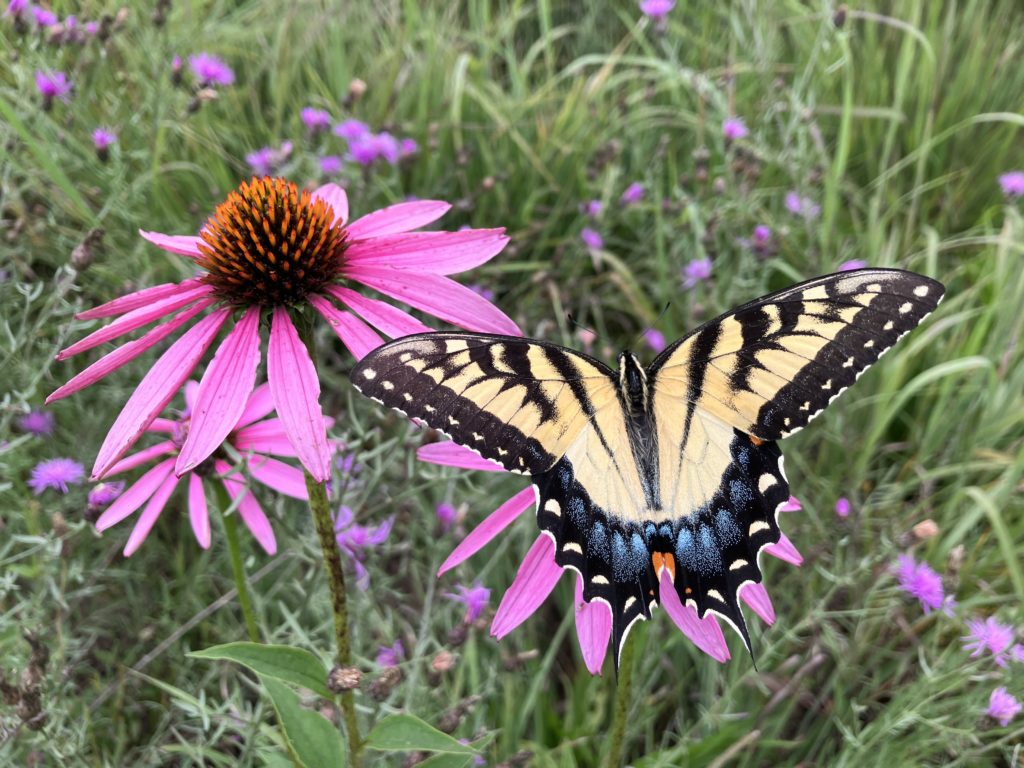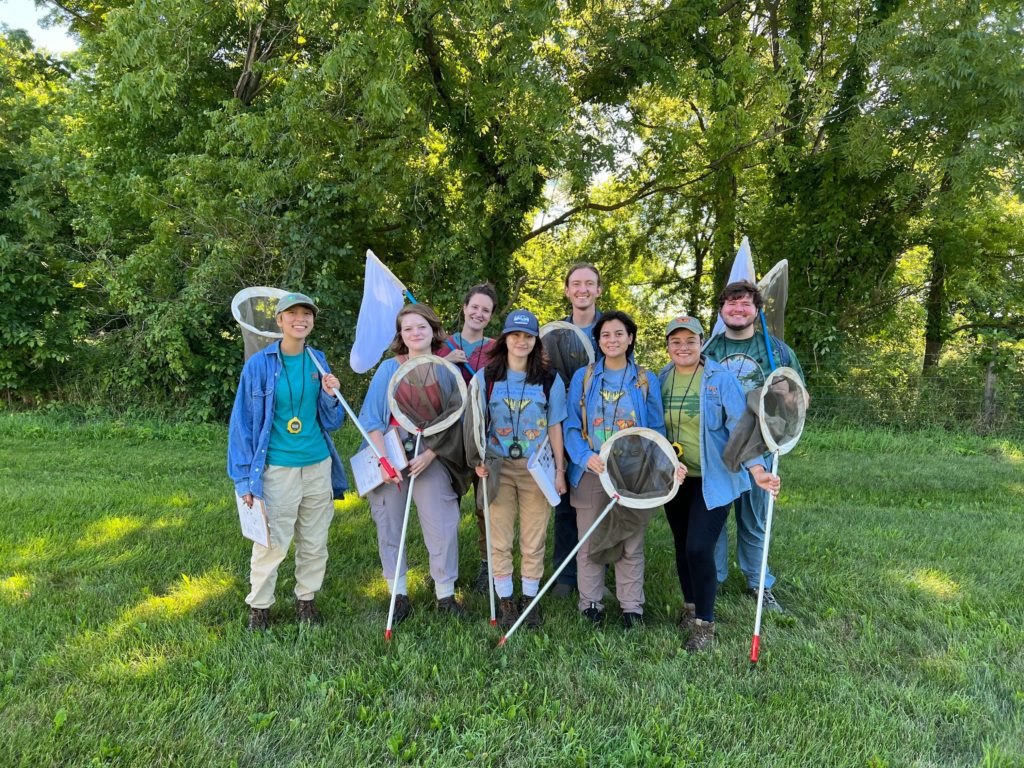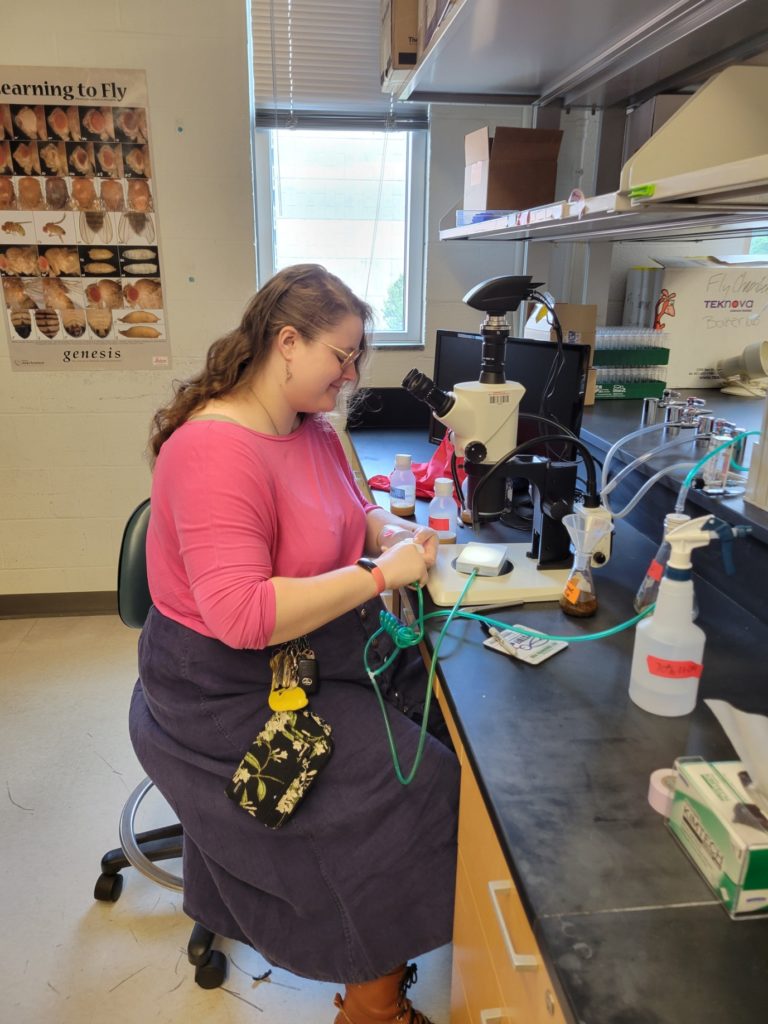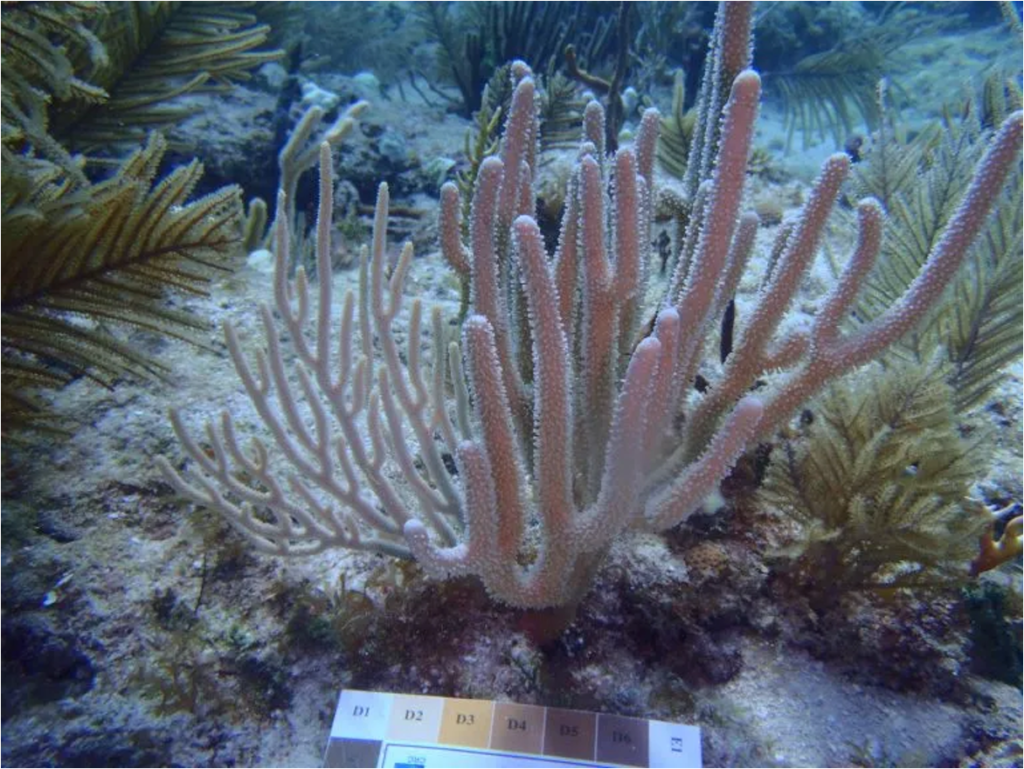When asked to name scientists, students mention the likes of Charles Darwin, Albert Einstein, and Isaac Newton. And when asked to draw a scientist, students almost always draw a white man holding a test tube and wearing a lab coat. Professor Robin Costello from the University at Buffalo tells us more about a new study that parsed the effects of including visual depictions and humanizing information about scientists featured in undergraduate biology course materials.
This post was originally released by The Royal Society, here.

How students think of scientists reflects the false narrative that only certain types of people can be scientists – specifically white men with brilliant minds.
One powerful tool to combat this false narrative is to feature relatable, contemporary scientists whose identities do not match the dominant stereotype of a scientist featured in course materials. To highlight counter-stereotypical scientists, instructors can implement course materials that include photographs of scientists in their lecture slide decks. Or instructors can highlight humanizing information about scientists in their course materials. Sharing information such as the barriers scientists have faced or how they overcame obstacles in STEM may help students relate to scientists and envision their own STEM careers.
In our latest study, we parsed the effects of including visual depictions and humanizing information about scientists featured in undergraduate biology course materials with a large-scale research study. Over several academic terms and 36 undergraduate institutions in the United States, we distributed three versions of short quantitative activities (Data Nuggets) that varied in their level of information about the featured scientists (from including only their names and pronouns to full Project Biodiversify scientist profiles).
Data from over 3,700 students revealed that including humanizing information about scientists improves student engagement with quantitative biology activities. Photos of the scientists alone were not enough to improve student engagement. Instead, when provided information about the scientists’ life experiences, students found the activities more interesting, more relevant to their future careers, and put more effort into the activities. Our data suggests this pattern was driven by increased relatability of the featured scientists.
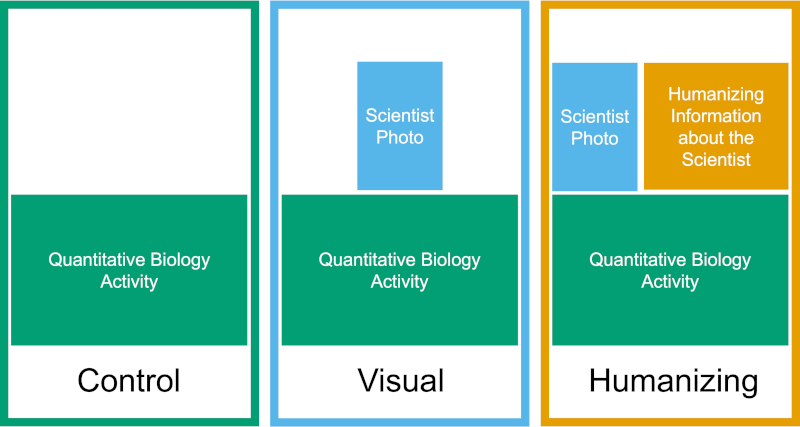
While these results applied to all students, the strongest impacts were evident among students who shared excluded identities with the featured scientists.Our findings underscore the importance of providing students with examples of relatable scientists in STEM courses, rather than simply adding photos to increase representation. By highlighting humanizing information about scientists, instructors can both increase student engagement in their courses and improve equity in STEM.
We recommend several evidence-based resources to use in biology courses, including the Data Nuggets and Project Biodiversify materials studied here (together, DataVersify), as well as Scientist Spotlights, BioGrapI, and the Story Collider Podcast.

